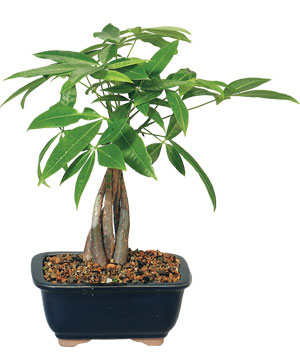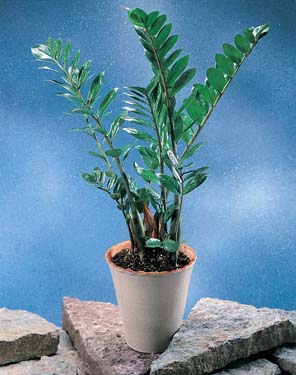Infinite ink
New Member
Ok so i made the mistake of putting a money tree in my veileds enclosure. It was in the cage for about 3-4 weeks..
I removed it today after stumbling onto a thread where a few members stated that that plant is toxic.
My chameleon did eat a few leaves, but his behavior seems normal still, only thing that has changed is that he will not be hand fed anymore.. But he eats very well when crickets are freeranged in his cage..
I should have trusted my gut and gone with what i know..ficus or schlefera..
Any suggestions? Or has this happened to anyone else on the forums..?
I removed it today after stumbling onto a thread where a few members stated that that plant is toxic.
My chameleon did eat a few leaves, but his behavior seems normal still, only thing that has changed is that he will not be hand fed anymore.. But he eats very well when crickets are freeranged in his cage..
I should have trusted my gut and gone with what i know..ficus or schlefera..
Any suggestions? Or has this happened to anyone else on the forums..?




